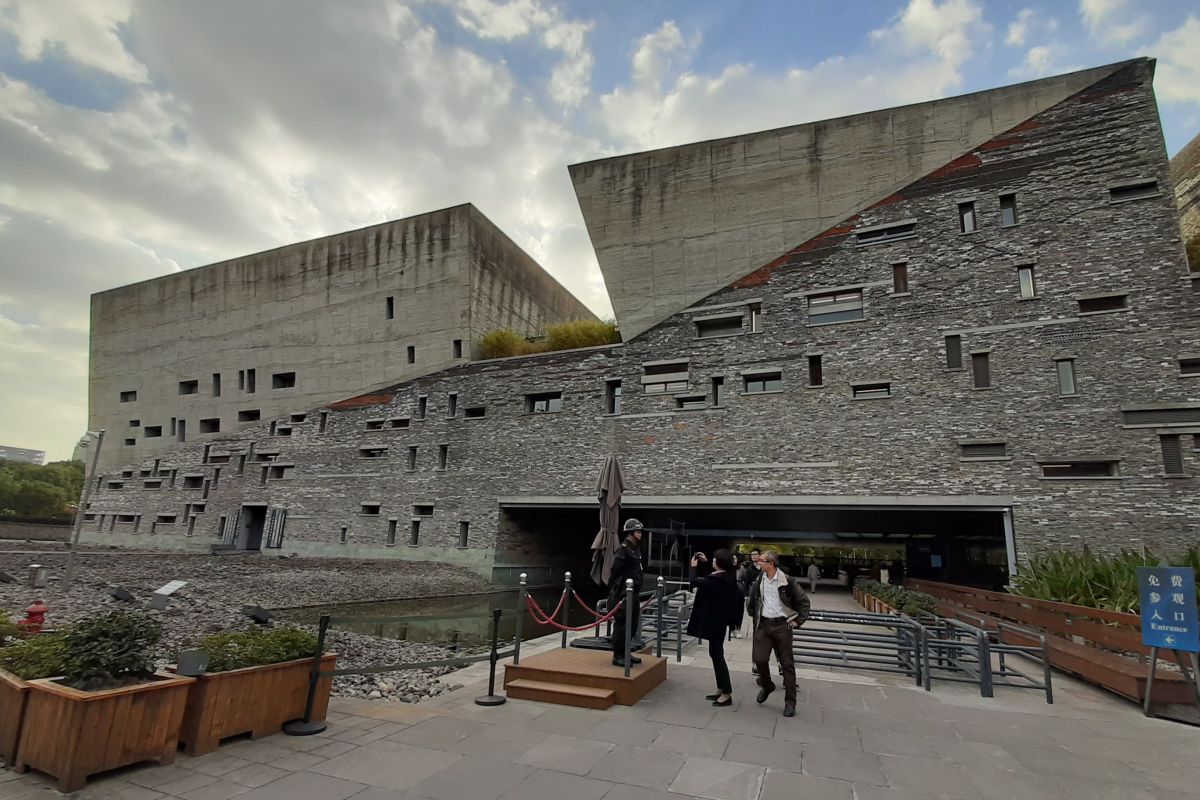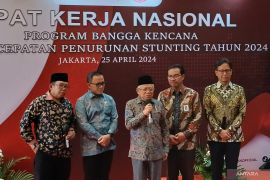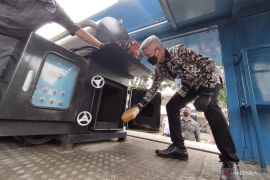The Chinese city of Ningbo can be the ideal place to explore for travelers and tourists visiting China and interested in gaining insights into the history and experiencing the culture of the nation.
Ningbo is a sub-provincial city in northeast Zhejiang Province, the People's Republic of China. It comprises the urban districts of Ningbo proper, three satellite cities, and several rural counties, including islands in Hangzhou Bay and the East China Sea.
Ningbo is one of the oldest cities in China that holds various evidence of Chinese history and civilization from dynasty to dynasty.
Also on offer are several historical and cultural tourist attractions that are worth visiting while in Ningbo, one of which is the Ningbo Museum situated in Yinzhou District.
Ningbo Museum
The Ningbo Museum, built in 2008, highlights the history of the Chinese civilization, with focus on the society of Ningbo area in Zhejiang Province.
Ningbo Museum is a national first-level museum as well as "the most innovative museum" of China. It is a comprehensive museum focusing on regional culture, history, and art.
The visitors on entering the museum are first enthralled by the ambience that reflects modernity, far from being old-fashioned.
One of the unique elements of this museum is the shape of the building itself. Although it houses most of the ancient historical items, the museum building is designed in a modern style.
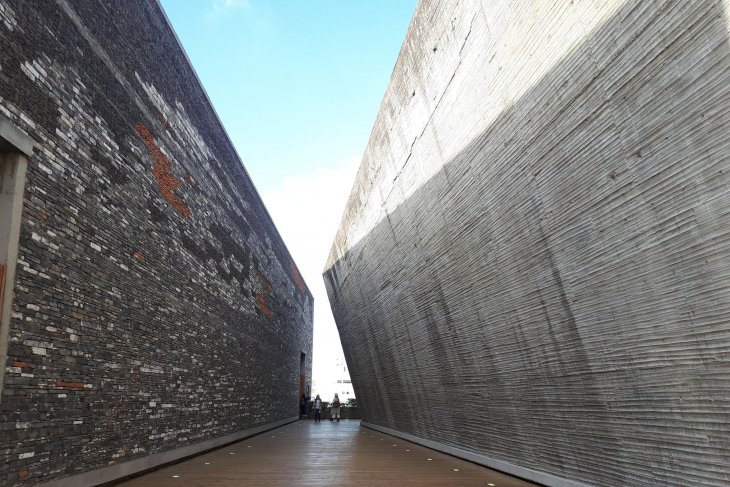
Wang Shu is the architect, who designed the building in a simple and futuristic shape. Ningbo Museum is shaped to appear increasingly tilted in the upward direction, thereby providing a visual effect, such as a silhouette of a ship as well as a mountain. This design was intentionally incorporated to describe the geographical features of Ningbo that is surrounded by waters and mountains. The name Ningbo means "Calm Sea Wave."
Ningbo Museum boasts of cutting-edge facilities in the exhibition halls. The area of the exhibition hall totals eight thousand square meters. Special exhibition halls are on the first floor, with a total area of 2,600 square meters, while the permanent exhibition halls are on the second to third floor, with a total area of 5,400 square meters.
The permanent exhibition on the second floor of the museum mirrors the history of Ningbo City from the Neolithic era, specifically the Hemudu civilization in 5,500 BC, until the formation of the present People's Republic of China.
Development of the Chinese Ningbo civilization is showcased through a plethora of collections of mockups, artifacts, household appliances, equipment made of copper, porcelain, and calligraphy. Moreover, wax sculptures are arranged in a diorama based on the background of the situation in each period of civilization, such as the Chinese society in Ningbo in the 50s and 60s era.

The third floor of the museum houses custom exhibits, one of which is "Years as Songs," an exhibition highlighting the social and economic development in Ningbo since 1949.
Wax sculptures, mock-ups of buildings, and modern electronic techniques are used to offer the nuance of traditional streets and villages in Ningbo. The third floor also showcases some pop culture that emerged in the era of the 40s to 80s in China.
Permanent exhibitions in the museum include “Oriental Superb Ship - Display of Ningbo History”, “A La” Old Ningbo - Exhibition of Ningbo Folk Custom and Exhibition of Bamboo Carvings of Ming and Qing Dynasties donated by Qin Bingnian, the child of a famous bamboo carving collector, Qin Kangxiang.
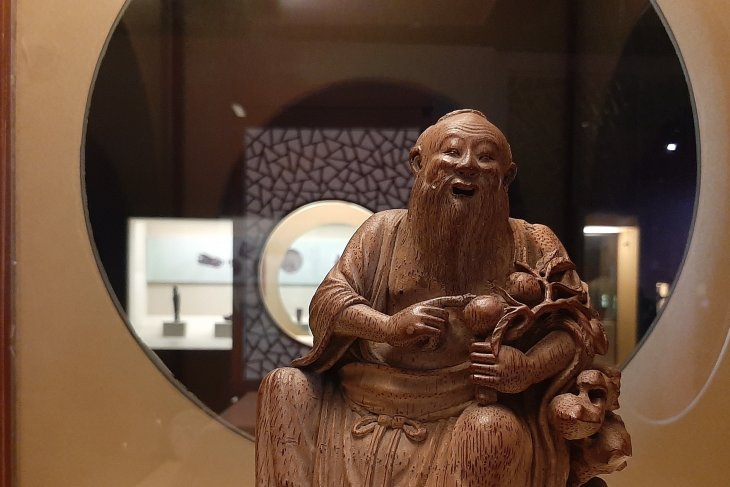
After departing from the exhibition hall, visitors will be treated to a scenic view on the rooftop terrace area. Here, two wall decorations have been made in two ways to describe the past and future. The uniqueness of this area has made it one of the favored spots for visitors to click pictures and take some selfies.
Explorers can kick off their visit by undertaking historical and cultural tours at the Ningbo Museum to gain a broader understanding of Ningbo before exploring the city further.
Red Peony Studio
Moreover, during a stay or vacation in Ningbo, those keen to learn more and experience Chinese culture, painting, and calligraphy can visit the Red Peony Studio of Chinese Painting and Calligraphy.
At the Red Peony Studio, visitors can take a short course or practice to paint a Peonyi flower that is the typical national flower of China. This flower epitomizes friendship, love, and beauty, so that it becomes the main object of painting in the studio.
It is an effective way of enthralling foreigners with traditional Chinese culture as well as promoting the culture.
At the studio, visitors will be given a plain circular-shaped fan, with a white fabric as a canvas, after which some artists, concurrently teachers at the studio, will slowly guide visitors to paint using watercolors to create shapes of a beautiful flower image.
The art teachers begin the class with the first stroke in painting a peony and explain in English to the students throughout the process.
At the end of the visit, visitors can bring home a beautiful fan with the results of their own paintings on it as souvenirs.
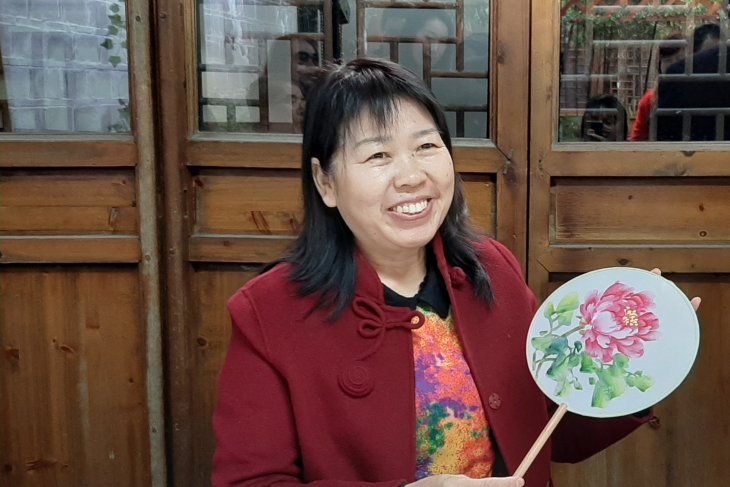
Moreover, female visitors can wear some traditional Chinese clothing provided at the studio and then take pictures of themselves holding their beautiful fans in a small garden near the studio.
Travelers interested in exploring the Red Peony Studio can visit it on Nantang Old Street in Chuan Bu Xiang, Haishu, Ningbo.
After observing some cultural art paintings, visitors can also enjoy traditional Chinese snacks sold by several shops along the Nantang Old Street.
Visitors can find a variety of traditional Chinese snacks, such as rice cakes, wonton, fried tofu, and dumplings. On this street, people can also find shops selling Chinese crafts made of porcelain and clay.
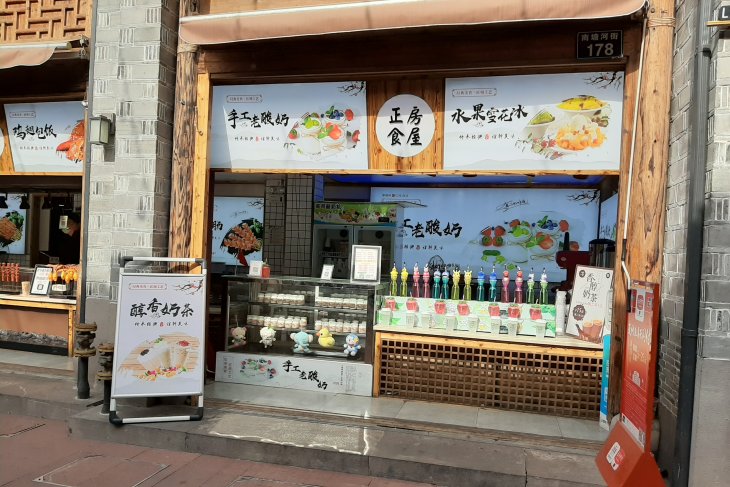
Furthermore, people can opt to visit the Bodi Film and Television Cultural and Creative Industrial Park to delve deeper into the history of civilization and culture of Ningbo City in a more attractive way.
The park is located in Beilun District of Ningbo, with a total construction area of 450 thousand square meters and total investment crossing 4.5 billion yuan.
The park has been under construction since 2013 and was opened in September 2017. It has as yet formed an industrial development pattern based on film and television, tourism integration, commerce, and electronic sports.
It aims to target the main customer groups, such as the youth, parents and children, and people with leisure needs.
At the culture and creative park, people can experience a mesmerizing show of "Port Connecting to the World" that speaks of the history of civilization and the development of Ningbo as a port city.

The story is presented in a stage show that features a combination of Chinese traditional dance, acrobatics, martial arts, as well as the use of visual effects and changing stage form and background designed in fine detail with the use of sophisticated and modern technology.
Visitors watching the "Port Connecting to the World" show will be able to experience several story segments that showcase the port of Ningbo from the past to the present.
Focusing on a light show and the "Port Connecting to the World" performance -- a large-scale performance, with navigation culture as the theme, development of the park is driven by the celebrity effect of the film and television base, IP-based scenes and tourism featuring film and television, and supported by hotels and commercial clusters.
The aforementioned tourist attractions are places worth visiting for tourists and travelers while in Ningbo, China. Overall, the Chinese city of Ningbo is a harmonious blend of past and present where people can experience the beauty of Chinese ancient culture coalesced with modern technology. (INE)
Editor: Azis Kurmala
Copyright © ANTARA 2019
